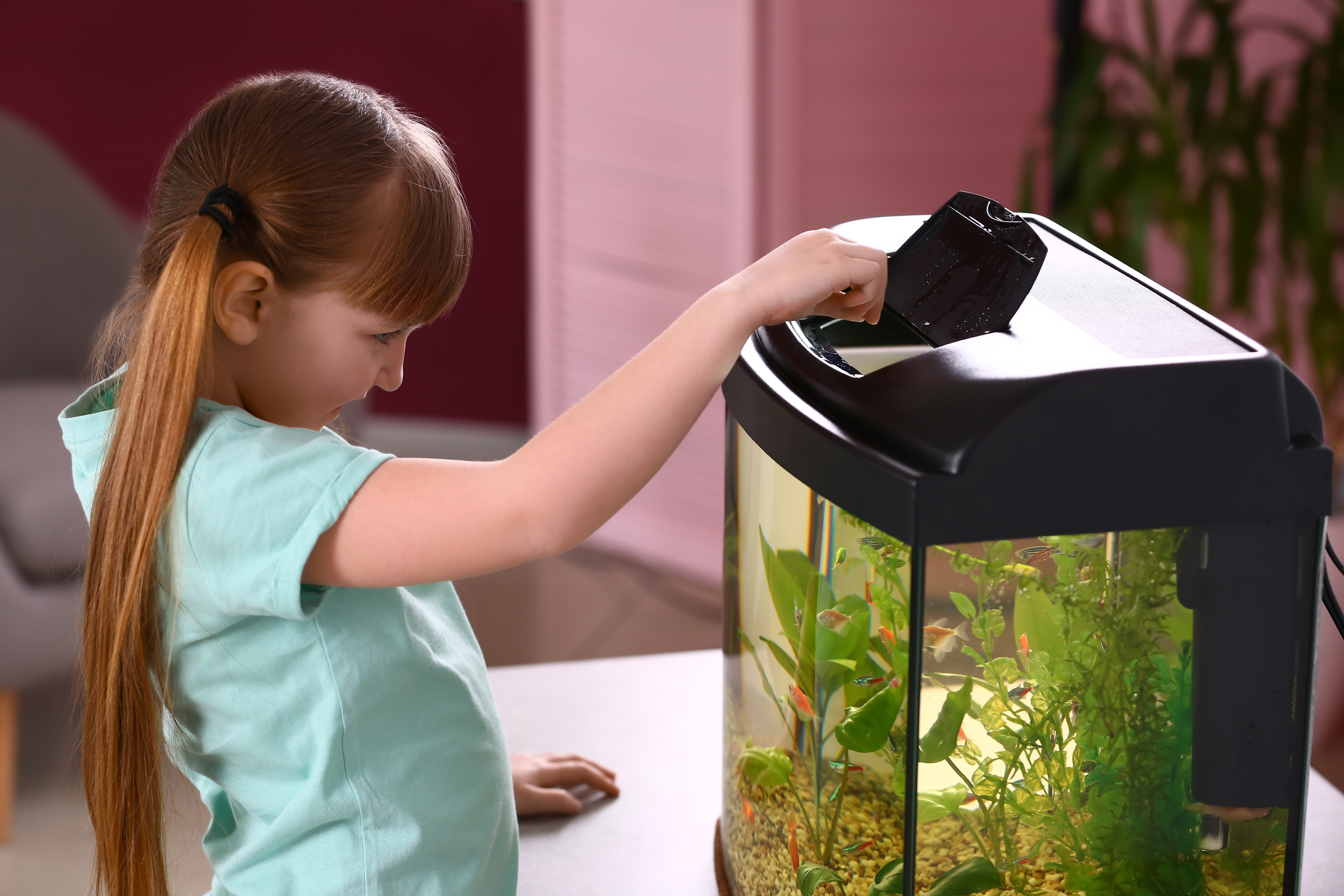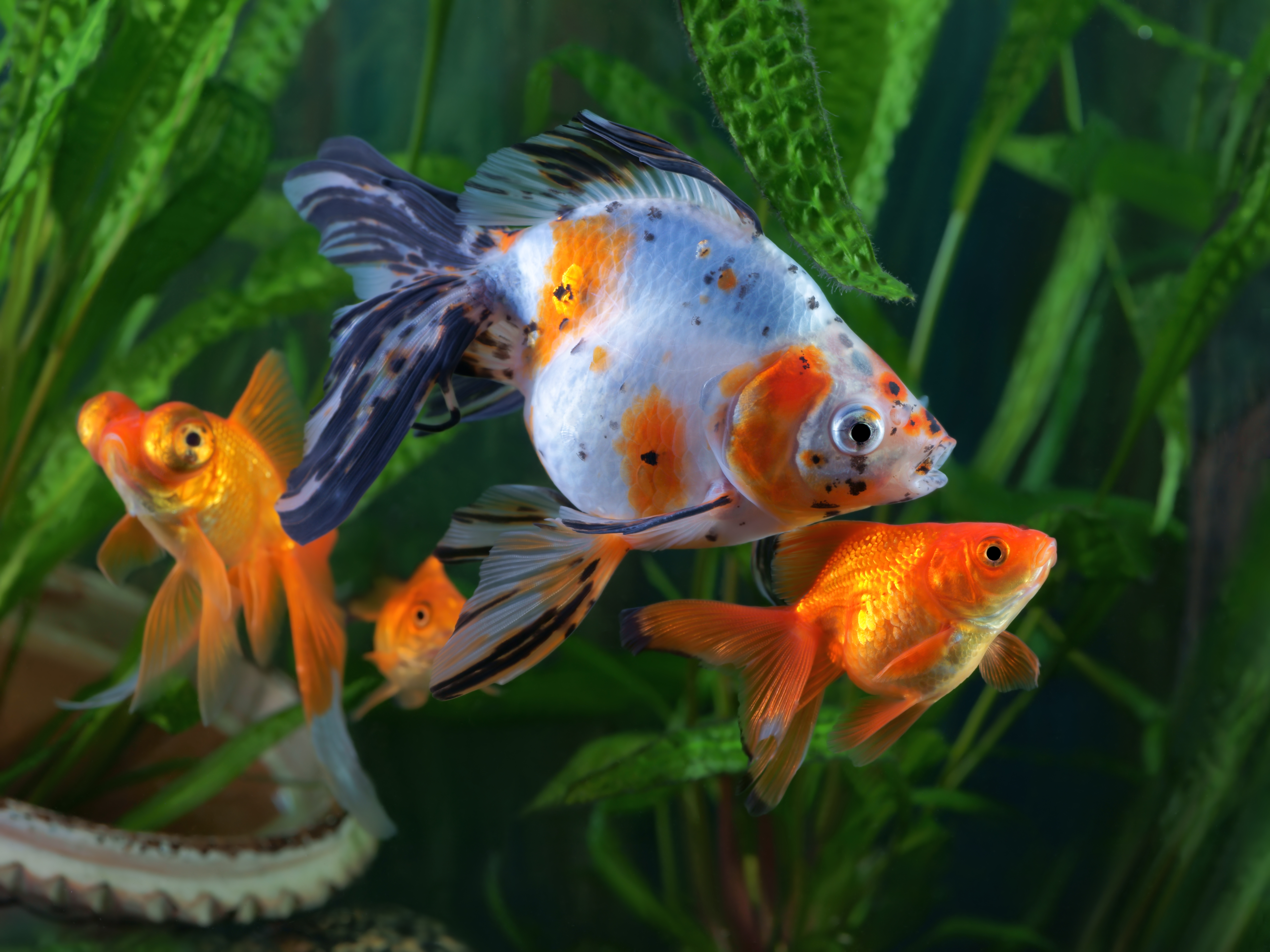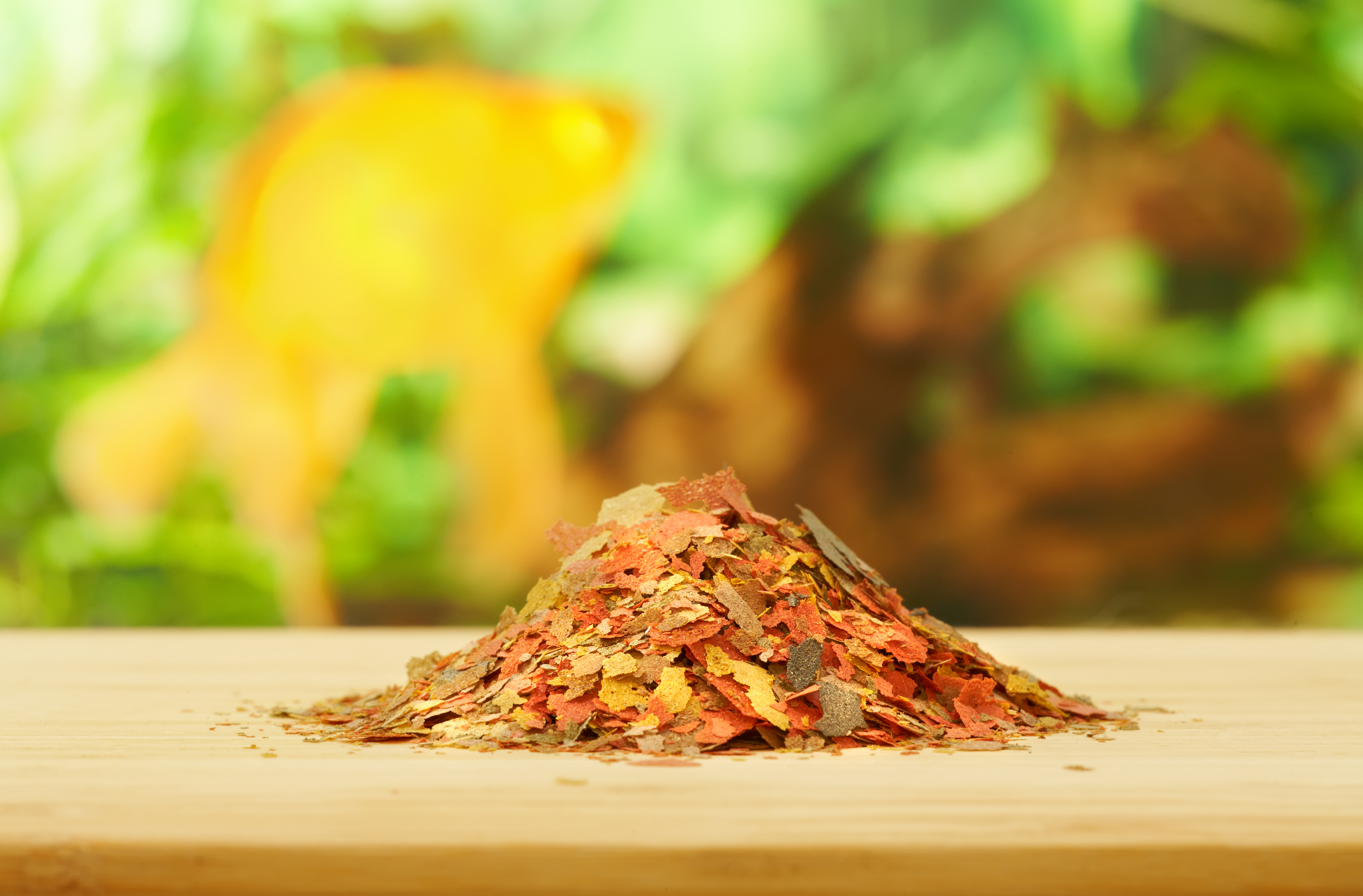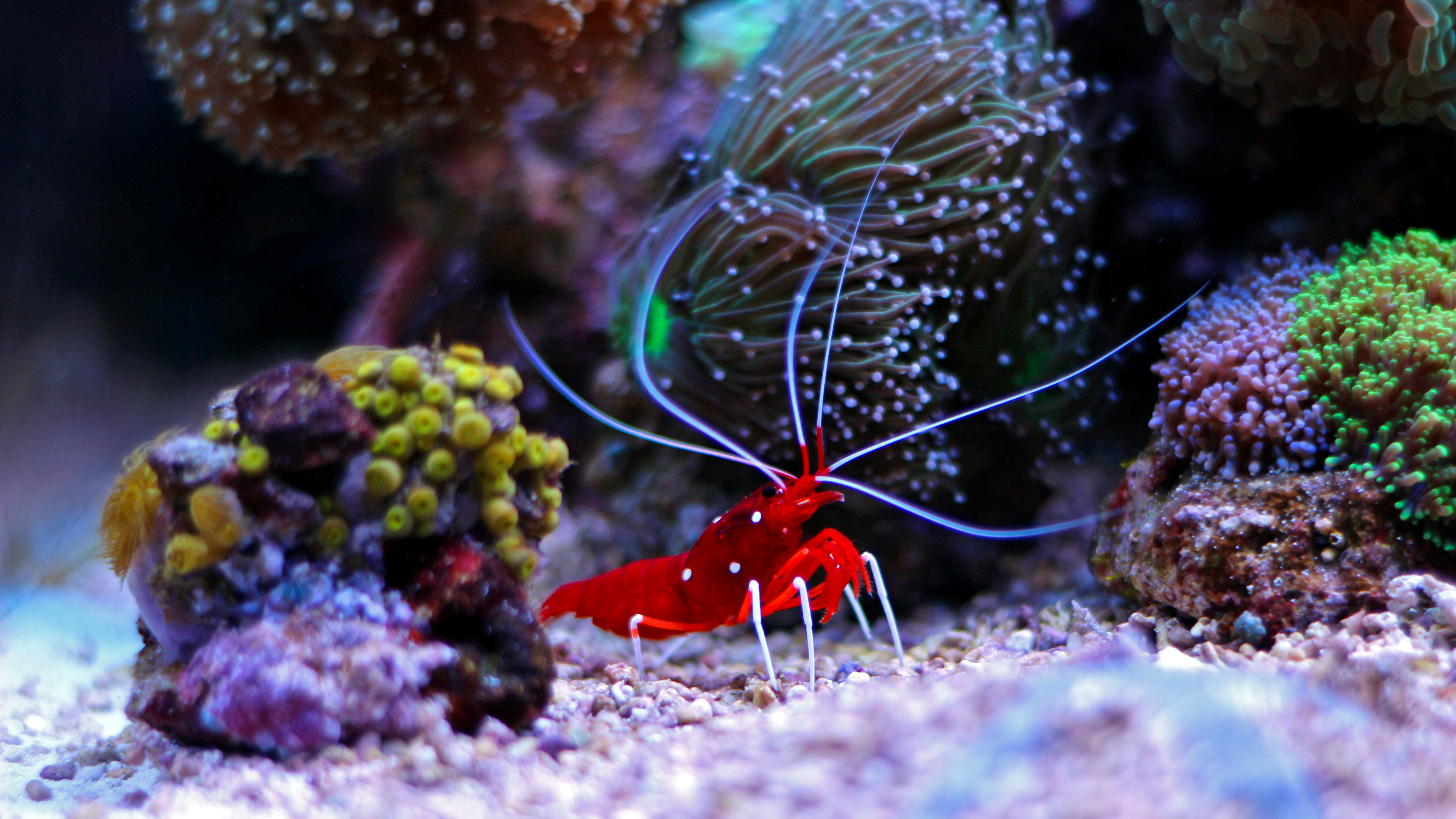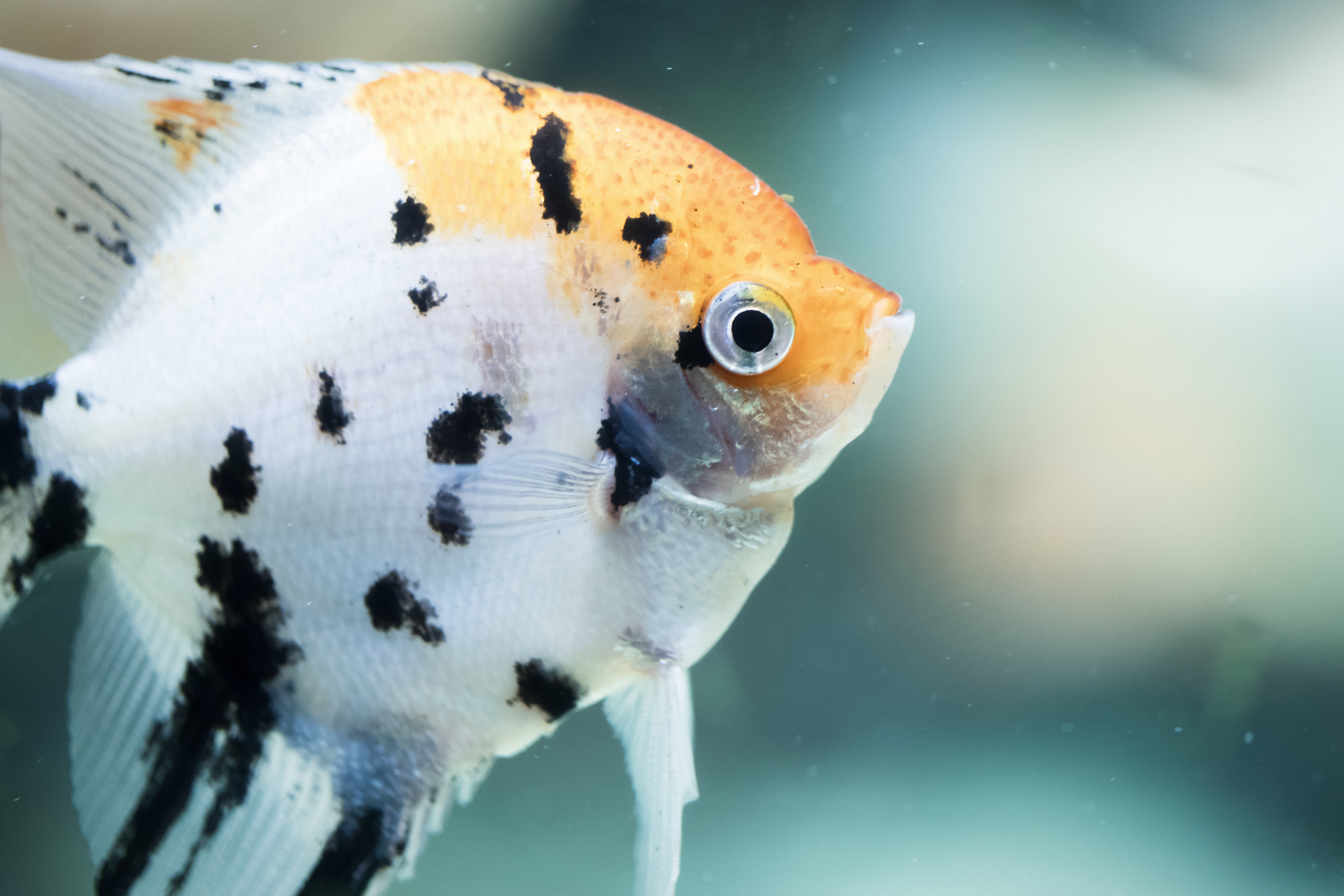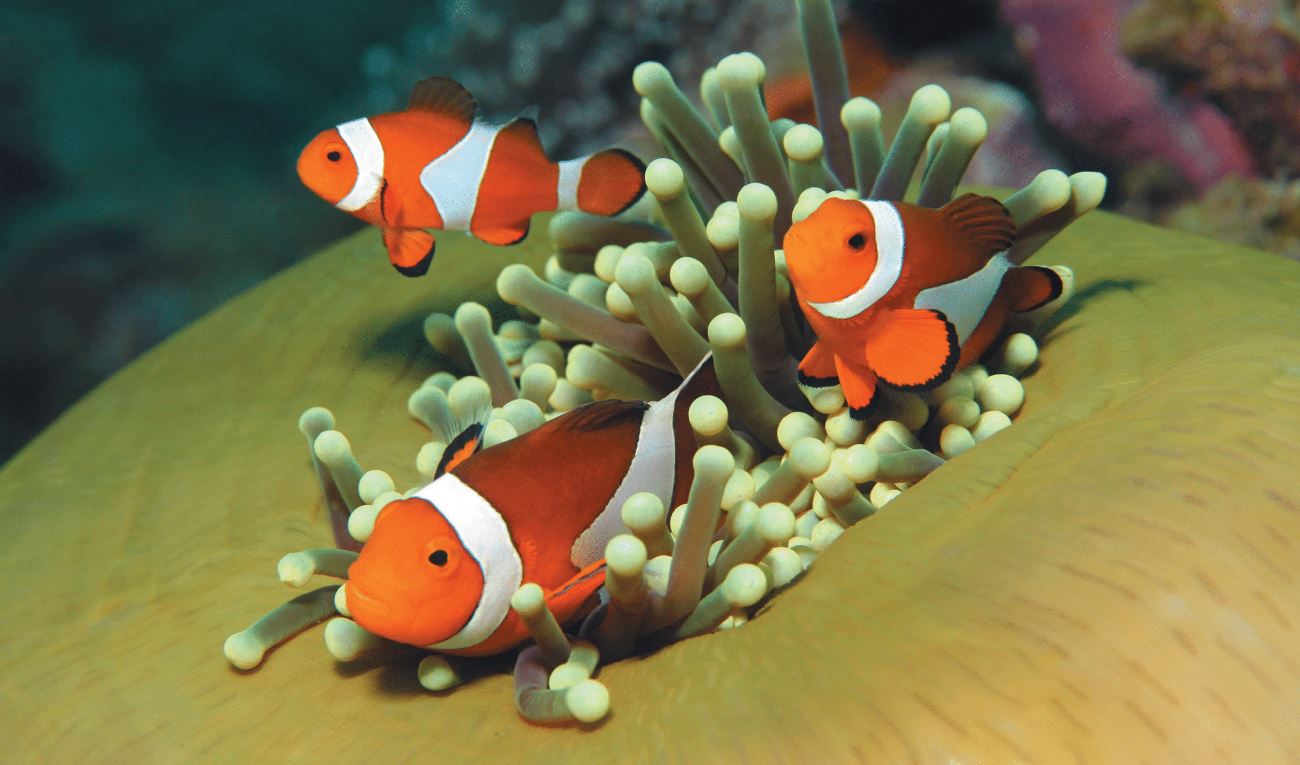Preparing Ponds for Winter
Joe Olenik //September 1, 2014//
 With winter approaching, pond owners, particularly those in northern climates, need to begin preparing for the cold weather ahead. Store employees should be knowledgeable in helping hobbyists prepare their fish, plants and equipment so they make it through to spring.
With winter approaching, pond owners, particularly those in northern climates, need to begin preparing for the cold weather ahead. Store employees should be knowledgeable in helping hobbyists prepare their fish, plants and equipment so they make it through to spring.
Ben Miller, trade marketing manager at TetraPond UPG Aquatics, recommends that in areas where the temperature drops below 32 degrees, pumps and UV sterilizers should be removed well before water freezes and stored indoors. Some manufacturers suggest storing submersible pumps in a bucket of water to keep the seals and o-rings from drying out. Water lines and filter compartments should be drained and valves left open to prevent them from bursting when water freezes.
In climates where the surface will freeze over, aerators or deicers should be employed to keep a hole open in the ice. This will ensure a constant supply of oxygen for fish, and will also allow toxic hydrogen sulfide gas from decomposing organic material on the bottom to escape. Pond owners should be advised never to use force to keep an opening in the ice as the concussive shock can be extremely harmful, if not fatal, to fish.
Ponds should have an area at least 4-feet-deep if fish are to be left out over winter in cold climates. Miller recommends moving fancy varieties of goldfish such as orandas, bubble eyes and lionheads indoors, as they can develop swim bladder issues and other problems in severe cold.
 Any fish that are to be wintered indoors should be moved well before temperatures begin to drop, to avoid thermal stress.
Any fish that are to be wintered indoors should be moved well before temperatures begin to drop, to avoid thermal stress.
Comet goldfish usually do fine over winter, as long as the pond is deep enough and a hole is kept open in surface ice. Koi that have been raised in southern states or southeast Asia should be moved indoors in areas of the country that experience severe or long periods of cold.
As water temperatures drop, fish’s metabolisms slow down and they become less active. They begin to eat less and eventually stop eating altogether. Hobbyists should feed only what their fish will eat in a few minutes, and stop feeding when the fish stop eating. Wheat germ foods are considered ideal transitional foods as they are thought to be more digestible at lower temperatures. TetraPond’s Spring & Fall Diet helps bolster fish’s resistance to thermal stress and helps prevent disease.
Fish aren’t the only living things that need attention in fall. Tropical lillies and emergent plants should be brought indoors and placed in buckets of water. They can be placed in an area that receives direct sunlight or under appropriate artificial lighting. Remove all leaves and blooms from hardy lillies and move them to the deepest part of the pond.
Hardy emergents can usually be left in the pond, however, they should be placed in deep enough water that the roots will not freeze. Water hyacinth and water lettuce should either be disposed of or brought inside and placed under strong artificial light.
Ponds should be left filled with water over winter, even if there are no fish or plants in them, to prevent cracking and other damage. If fish are to be left in the pond, remove organic material from the bottom by vacuuming with a Python Ulti-Vac or similar device.





